TL;DR
An "electric emergency" refers to a complete or sudden failure of the power supply that poses a risk to the safety or critical systems. However, you are normally allowed to generate your own electricity if you follow certain rules. The best emergency power sources include generators, solar + battery systems, traditional generators, and UPS. While traditional gas generators spread toxic gases as they operate, solar power stations and portable power stations offer a much safer alternative to the grid.
Imagine: the lights go out suddenly. The fan stops. The fridge begins to warm. What do you do? Here, an emergency electric power plan can save the food, comfort and even lives. Power blackouts may happen at any time, be it as a result of storms, accidents, grid shutdowns, or even natural disasters.
The right emergency electric power source may be the difference between remaining safe and being at risk of significant threats when the lights go off.
This is why in this guide we explain how to get emergency electric power, explore the available options, and how you can choose the right solution for your needs.
What Is an Electric Emergency?

An electric emergency is an unexpected failure of the normal power supply that puts important functions at risk. That could be:
● A blackout caused by storms, floods, or grid failures
● A transformer or substation failure
● Local outage while running critical devices (e.g., medical equipment)
● A wiring defect or damage in your house
Why Emergency Power Matters
Even a few hours of power outages may interrupt everyday life. Can you imagine not being able to charge your phone, keep your food cold, or even turn on simple appliances? Most of us will be scared by even thinking of it.
This is why emergency electricity is essential, especially in families that have medical needs (oxygen machines or refrigerated medicine). Backup power is not limited only to residential setups; it's equally important for businesses to maintain business continuity and avoid losses.
In the past, most people relied on fuel-powered generators, where noise, fumes, and constant fuel expenses were a reality. While these generators were a viable backup power option, they had some serious side effects: toxic fumes and noise, to name a few.
That's why solar power systems and home backup solutions are becoming the preferred solution. They can be used indoors, do not require fuel, and can be directly charged by the sun.
Best Emergency Power Sources
Now, you might want to know what emergency power source would best fit your requirements. There might not be a definite answer to this question; however, the most suitable solution depends on the power you need, your budget, your intended use and the climate you live in.
Here are some of the most common backup sources during an emergency:
1. Diesel, Gas, or Propane Generator (Standby / Portable)
● Pros: It has a high power output, is sturdy, and can operate without sunlight.
● Cons: Requires fuel, noisy, requires frequent servicing, and harmful emissions.
A standby generator with an automatic transfer switch will start within a few seconds of a blackout. These are either used for the whole house or just the critical systems.
Portable gasoline or diesel generators are less expensive but require manual setup and fuel management.
2. Solar + Battery (Solar Generator)
Such systems come with solar panels that convert sunlight into electricity that is stored in batteries (usually lithium-ion batteries).
● Pros: Silent operation, zero emissions, can operate off grid, low maintenance.
● Cons: Relies on the sun, expensive to start up, and limited nighttime power.
Solar power stations work very well if outages last longer and if the system is sized properly.
For homes, the OUPES portable power stations are a safe and eco-friendly choice.
3. UPS & Battery Banks
Used for smaller loads: computers, smaller appliances, routers, and medical devices. When power is cut off, they immediately provide stored power.
● Pros: Instant switchover, no disruption
● Cons: Short time (minutes to hours)
4. Fuel Cells, Flywheels, Microgrids
Used more in industrial environments or large buildings:
● Fuel cells are used to make electricity without any noise out of stored fuel (such as hydrogen).
● The kinetic energy is stored in flywheel systems and can be used to supply short-term bursts of backup power.
● Microgrids are local grids that are disconnected from the main grid and utilize distributed generation and storage.
How to Plan Emergency Electric Power (Step by Step)
To effectively install an emergency power system, follow this step-by-step guide:
Step 1: List Essential Loads
Choose what you would like to continue using: fridge, lights, fans, computer, router, medical equipment, and so on.
Step 2: Estimate Power Needs
Note down the necessary appliances and their wattage. For example, a refrigerator can use 700 watts, and lights can use 100 watts. Add up wattages. E.g., fridge (200 W) + Lights (50 W) + Fan (30 W) = 280 W x number of hours required.
Step 3: Choose the Right System
Determine what you require: a generator, a solar power system, or a small-scale solution. Decide between:
● Generator: Select one that is capable of powering your electricity needs with a buffer.
● Solar + Battery System: A portable power station is another good option to have at home and when going camping.
● Hybrid or UPS: Primarily for appliances like small routers, laptops and critical devices like CPAP.
Step 4: Store Extra Supplies
With fuel-based generators, store extra fuel safely. If you are storing solar power in batteries, make sure to charge them properly.
Step 5: Install Safely
Hire an experienced installer. Make sure that there is secure wiring with automatic switches (where generators are involved), the fuel systems are properly ventilated, and that they comply with local regulations.
Step 5: Test & Maintain
Test your configuration before the actual outage. This will make sure that you know how to start the generator or how to switch to backup power instantly.
Real-World Context: Why Emergency Power Matters
Power outages on a large scale can become life-threatening. For example, millions of people lost power and many were unable to afford basic needs during the 2021 Texas power crisis.
Moreover, urban areas are becoming dependent on electricity, such as traffic lights, hospitals, and communications. If those fail, there is a danger to public safety. Emergency power systems help prevent such crises.
FAQs
Is it possible to generate my own electricity?
Yes. In most countries, individuals are allowed to generate their power through generators and solar panels. But there could be problems with the fuel storage, noise, or grid connections in some locations. Always check on the local laws and restrictions.
What is the best emergency power source?
It depends. For higher wattage requirements and long-duration outages, a generator or solar + battery system is best. For less, UPS and portable stations are sufficient.
What can replace a generator?
For smaller loads, fuel generators can be replaced with solar-powered generators, power banks, UPS, or car inverters.
Final Thoughts
With our increasing reliance on the grid, backup electricity is not a choice anymore; it's a requirement. Today, you can get many different choices between small solar power stations and large standby generators, guaranteeing that you and your family will be safe during any unforeseen power outages.
If you do the right planning, calculate your power requirements precisely, and select the right backup power, you will be well equipped for any power outage.

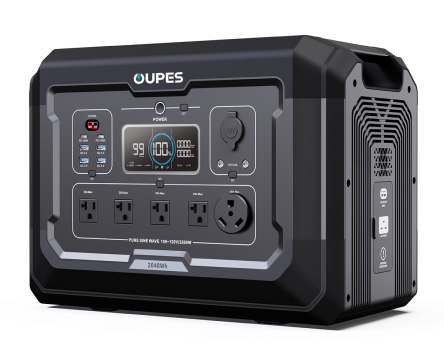
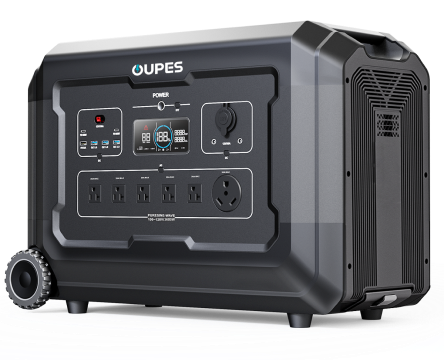
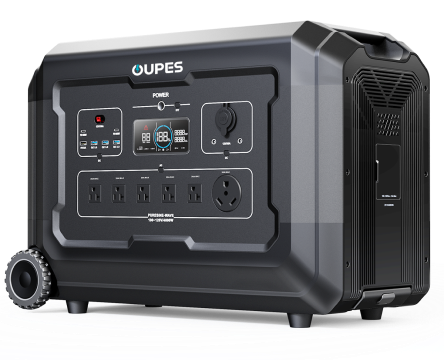
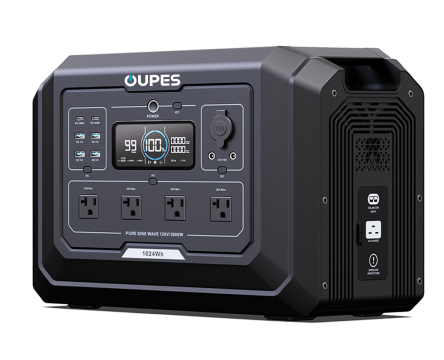
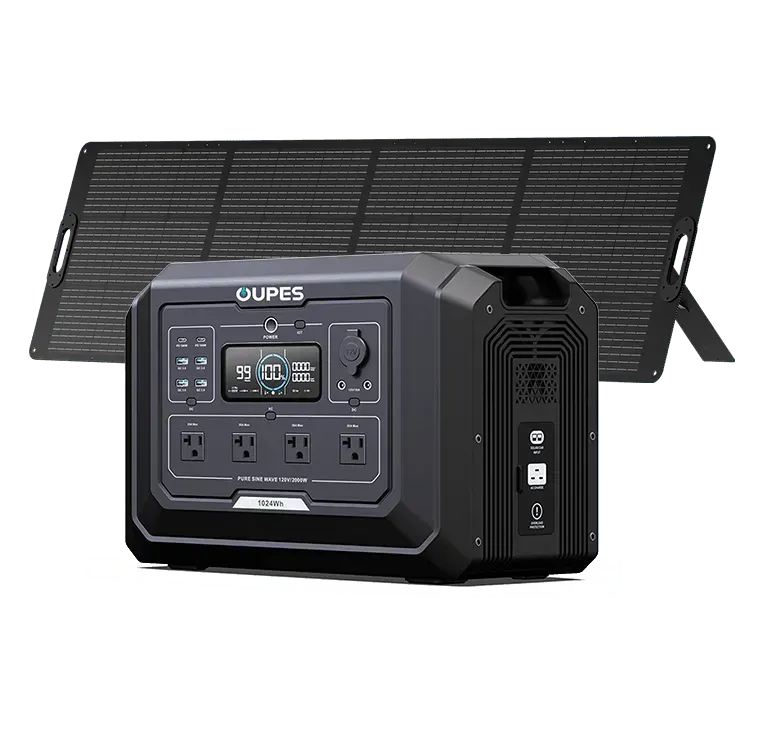
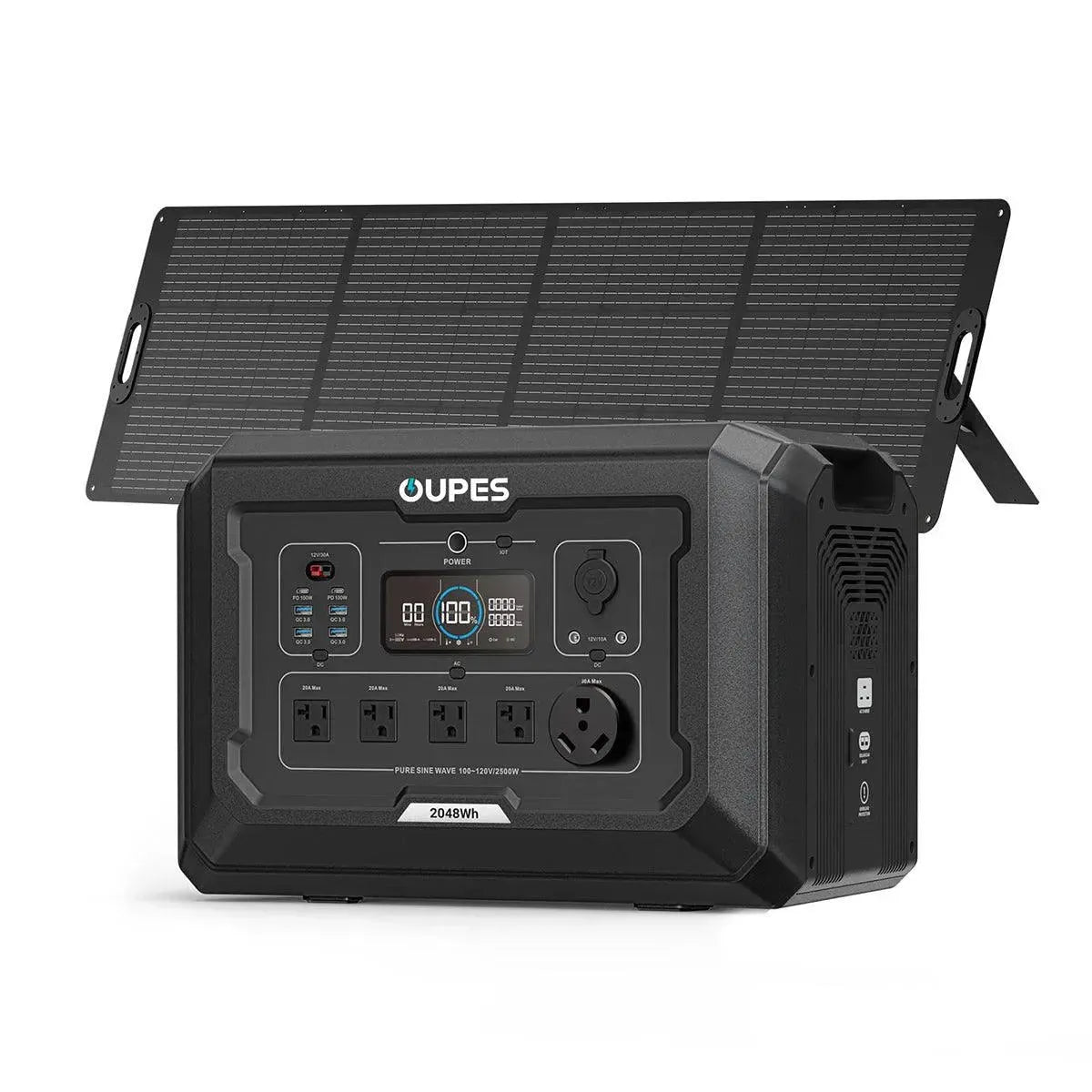
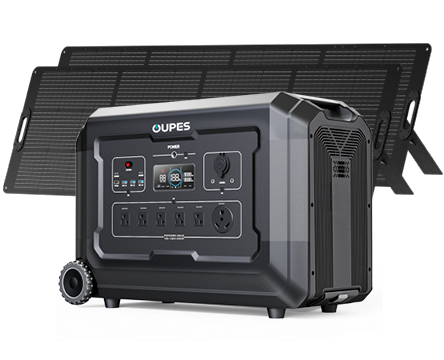
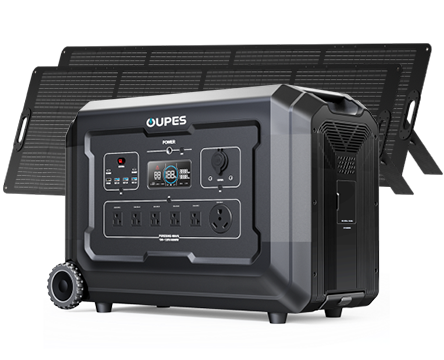
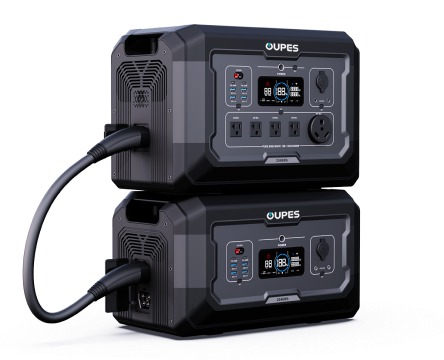
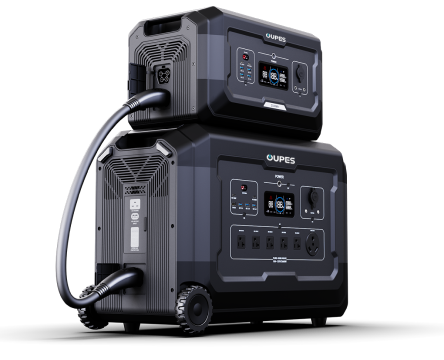
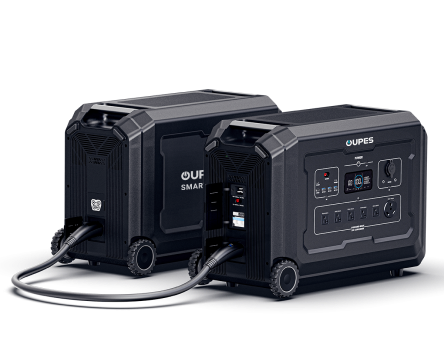
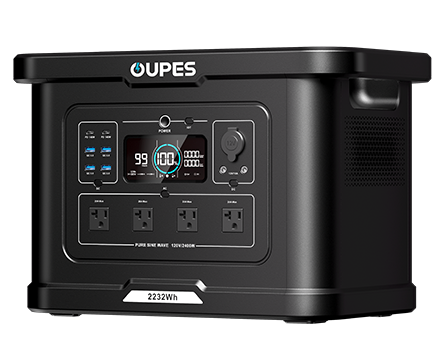
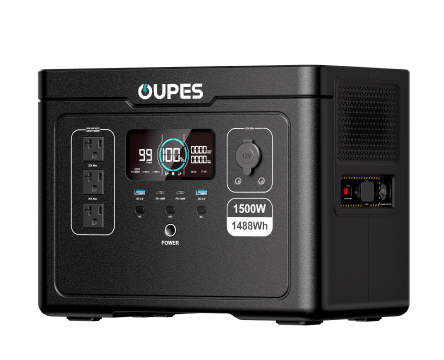
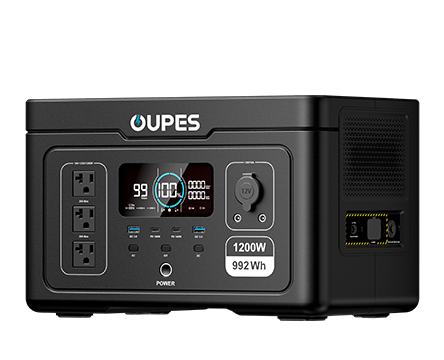
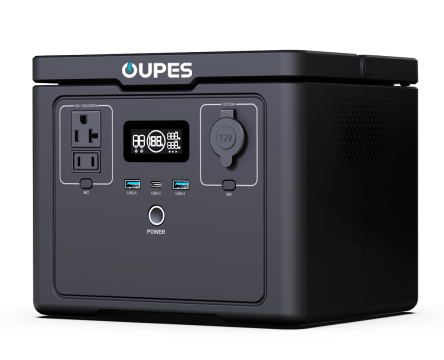
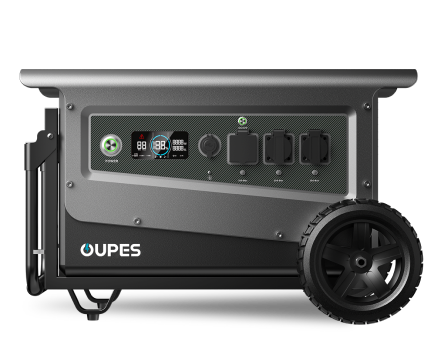
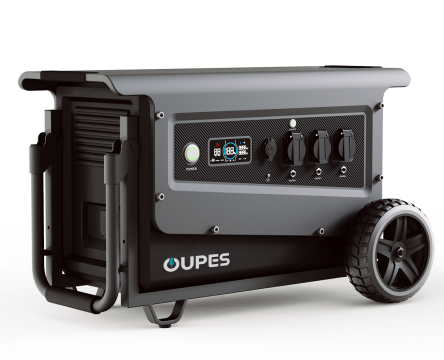
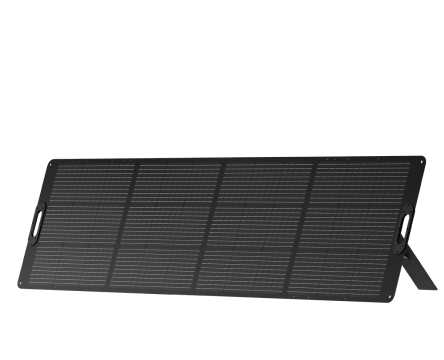
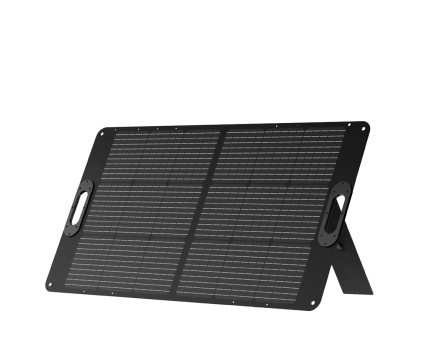
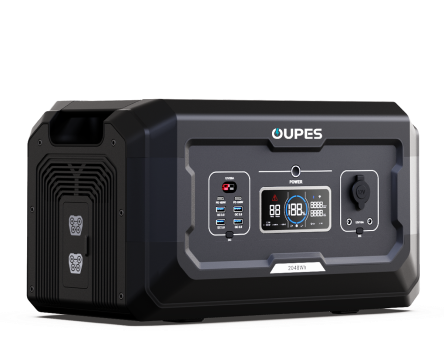
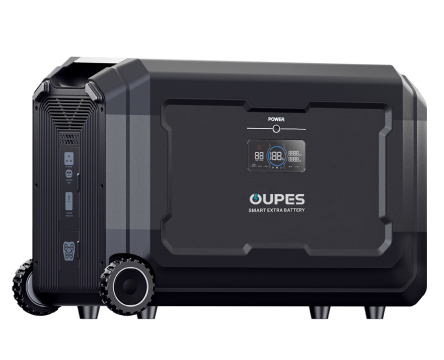
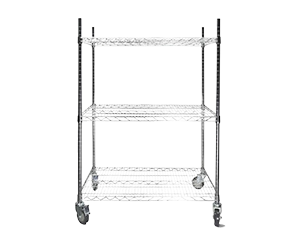
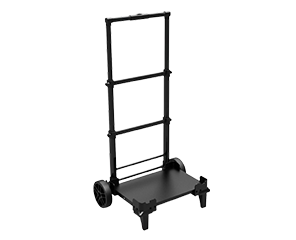
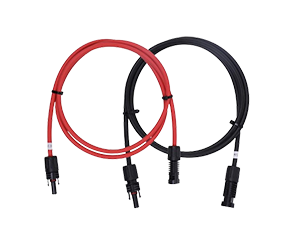
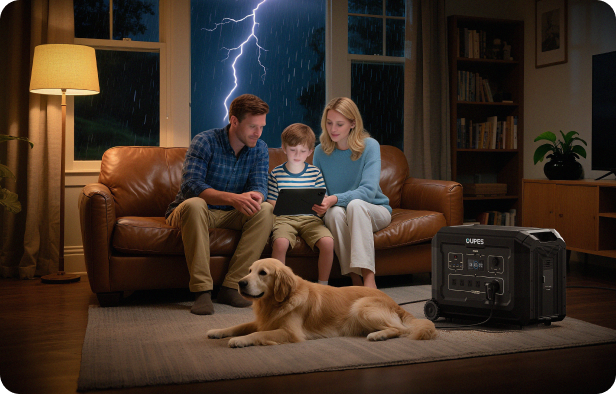
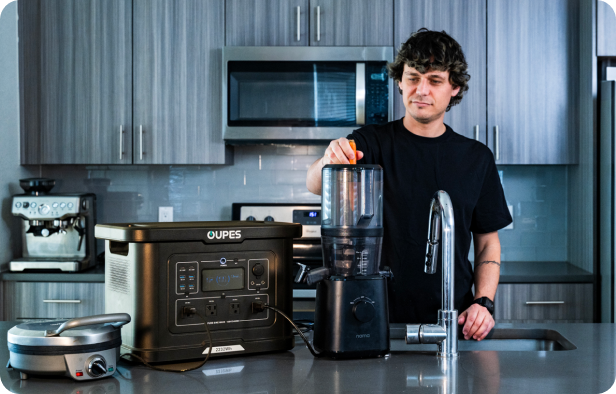
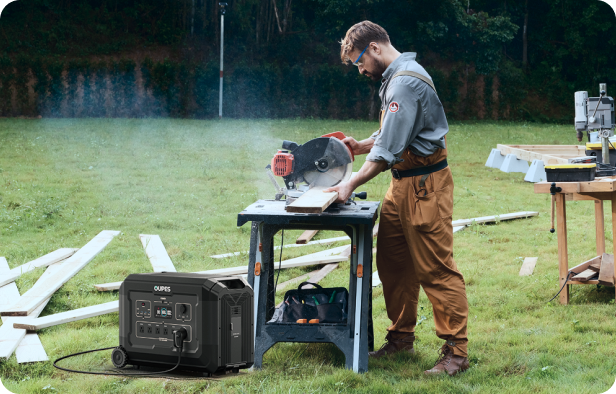
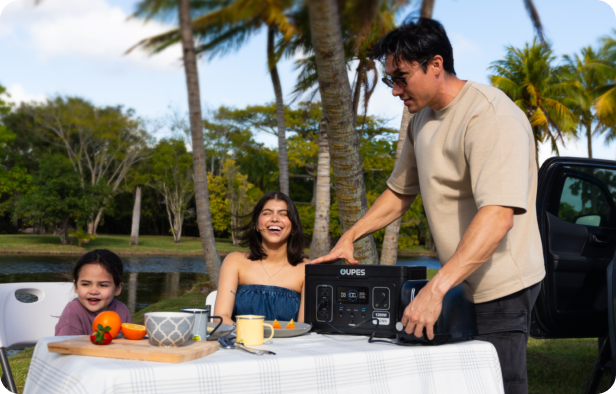
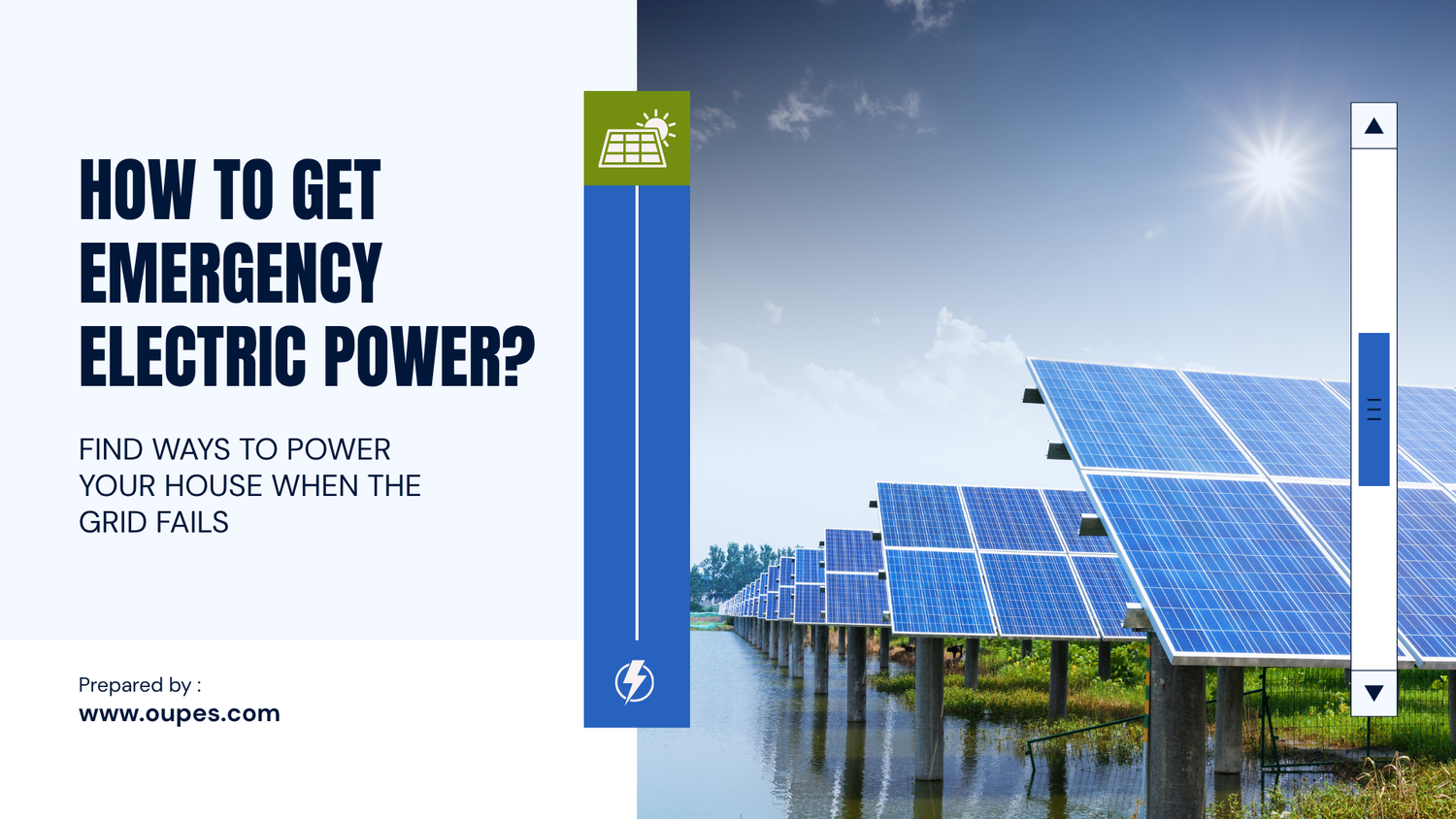



Leave a comment
This site is protected by hCaptcha and the hCaptcha Privacy Policy and Terms of Service apply.